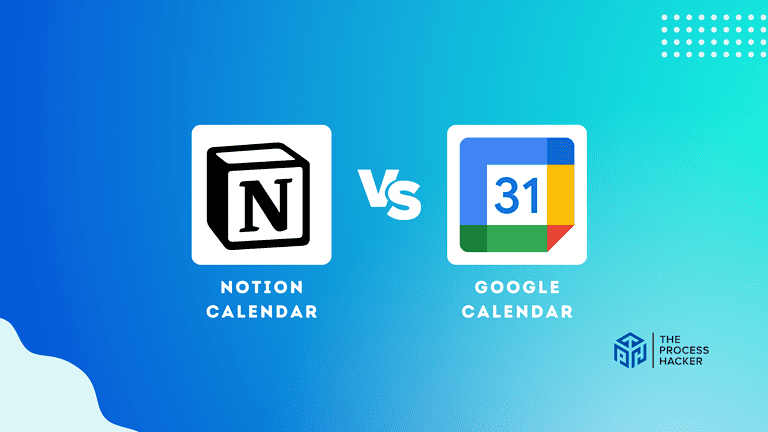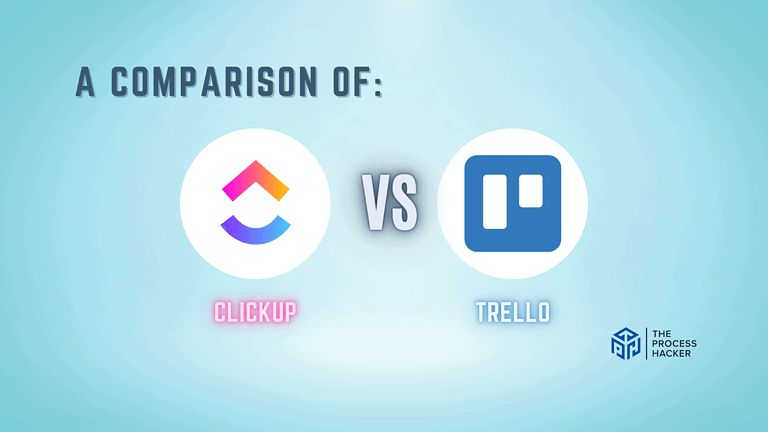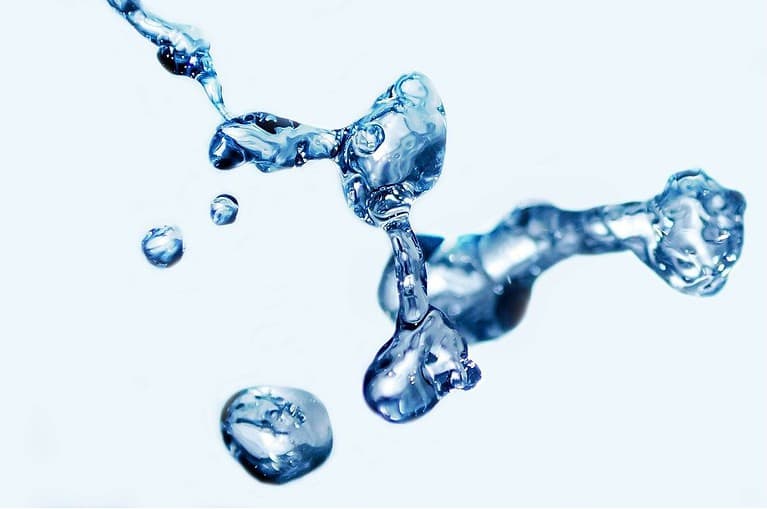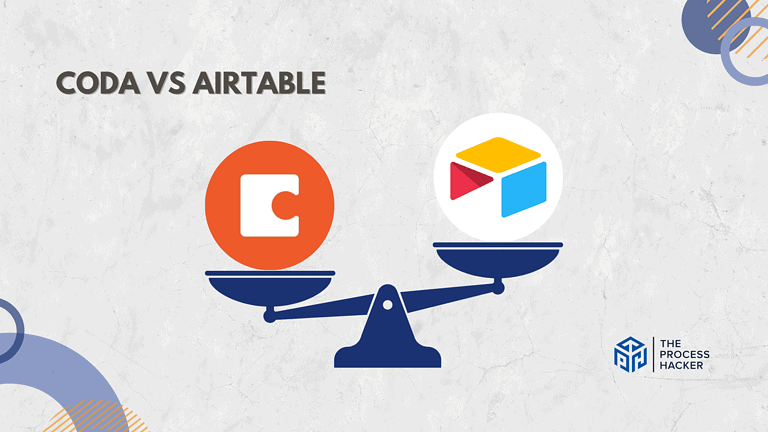Get More Work Done in the Next 90 Days
In the process of growing Asian Efficiency, his company, Thanh Pham has established himself as one of the top thought leaders in the productivity space. I share his top three tips to get a year’s worth of work or to just get more done in the next 90 days.
“Having some sort of structure or routine in place allows people to be more creative…actually the goals that they set out for themselves.”
Thanh Pham founded Asian Efficiency, a business dedicated to helping make the world a better and more efficient place.
However, it was not always that way. Thanh grew up poor in a family of immigrants. After leaving home for college, he felt pressured to be successful. Thanh eventually moved to Los Angeles, where he worked tirelessly to get promoted to a management role in marketing. He received more responsibility, which resulted in added stress, missed deadlines, and not being happy.
At ProductivityCon, Thanh shared his story with the audience. After hitting rock bottom, he went on a productivity journey to take his life back and be “Asian Efficient.” Thanh shared with us his top three tips to “Get a Year’s Worth of Work Done in the Next 90 Days” and be less stressed and happier while doing it.
#1 Mistake People Make: Don’t Manage Time, Manage Energy

“Forget about managing your time, … Start with the basics: … manage yourself and especially your energy.”
Thanh Pham, Asian Efficiency
To get more done in the next 90 days, you should not try to manage your time. It is out of your control and will go by no matter what you do. In addition, time itself is not the best factor to measure productivity. The pure number of hours that we put toward our work items has no correlation to the amount of work actually done or the value produced by that work. The value you produce in the world is something that you control, and your energy and feelings directly affect that value.
Thus, we should manage ourselves and especially our energy to be more productive. In The Power of Full Engagement, Jim Loehr and Tony Schwartz show us how to manage our four types of energy (not time), live a life of purpose, and understand our limits. Check our summary of The Power of Full Engagement.
Energy Level Pyramid
Loehr and Schwartz categorize energies into four types shown in a pyramid:
Physical Energy
The Physical Energy is the quantity of energy, which ranges from low to high. Physical energy forms the foundation of the pyramid and is increased by the main components of sleep, exercise, and nutrition.
Emotional Energy
The Emotional Energy is the quality of energy, which ranges from negative to positive. Emotional energy is improved by experiencing more positive emotions (joy, gratitude, inspiration, etc.) over negative ones (anger, fear, sadness, etc.).
Mental Energy
The Mental Energy is the focus of energy, which ranges from narrow to broad and internal to external. Mental energy is clearly concentrated when one has a positive attitude and optimism over a negative attitude and pessimism.
Spiritual Energy
The Spiritual Energy is the force of energy, which correlates with how closely you are aligned with your core values and purpose. Spiritual energy is maximized by doing work that gives meaning and aligns with one’s purpose in life.
How to Manage Energy
To better manage ourselves, we need to manage our energy. Most of us tend to underdevelop and not stress ourselves physically and spiritually. Vice versa, we tend to overwork ourselves mentally and emotionally without much time for recovery. We achieve Full Engagement by optimizing and aligning all four of our energies.
The Energy Pyramid is a useful tool because it shows us what we need to focus on and address to move up to the “next level:”
- Physical: Are you brand new to the productivity world?
- Emotional: Are you experiencing frequent changes in your mood and feelings?
- Mental: Are you procrastinating a lot on your work?
- Spiritual: Are you not fulfilled by your work? Are you lacking clarity in your purpose?
Exercise: Focus on One Energy Level by running through the steps provided.
Biggest Myth of Productivity: Multitasking
Our brains can only focus on one thing at a time. When we focus on multiple things, we hinder ourselves from getting more done in the next 90 days. Multitasking causes us to make more mistakes, become more fatigued, and get much less done.
Deep Work
Thus, we should deeply work on doing one thing at a time and do it deeply. In Deep Work, Cal Newport defines Deep Work as work done that in a state of distraction-free concentration that pushes your critical thinking to the limit. Check out our summary of Deep Work here!
We should prioritize our tasks to start with the most important and intensive tasks. Newport argues the subset of the population that routinely does Deep Work will thrive in the future. Each distraction hurts our concentration and significantly adds to the time it takes to get the work done.
Shallow Work
Later in the day, we can put time toward the Shallow Work, or the busy work that does not require much brainpower. This includes administrative tasks, cleaning your apartment, or working out.
Shallow Work can be mindless, so we tend to do it alongside other activities or distractions. We can make our Shallow Work more productive by stacking parallel activities like listening to an Audiobook or Podcast while we do these tasks.
Exercise: Plan your perfect day by working on ONE task at a time.
Most Important Habit: Morning Routine
“The Way you start your day sets the tone for the rest of the day.”
Unknown
Doing a Morning Ritual first thing in the morning can help you get more done in the next 90 days. Morning routines help you attain confidence and clarity for yourself and what you want to do that day.
Thanh says the key is to master the first 90 minutes of the day for setting the tone for the rest of the day. He recommends spending 30 minutes on your morning ritual and 60 minutes on one focused task.
Thanh’s Morning Routine
Here are Thanh’s key habits to a Morning Ritual:
- Water: rehydrate with at least 500 mL (16 oz)
- Bathroom: maintain proper hygiene and grooming
- Movement: physically move your body, which could include stretching, calisthenics, walking, yoga, or a full cardio/strength workout
- Breakfast: fuel your body with essential nutrients to keep your energy up during the day
- Goals and Review: reference your goals, tasks, and schedule for the day
- Social Contact: indulge in checking social media or other phone apps
- Most Important Task: spend 1 hour doing Deep Work on this task
My Morning Routine
This talk got me to establish a morning ritual, which for my workweek, goes as follows:
- Hydration: First, I drink a glass of water, which I prepared the night before with a pinch Himalayan sea salt and a squeeze of a quarter lemon.
- Meditation: I meditate for about 10 minutes using the Waking Up app.
- Stretching: I stretch for about 10 minutes to warm up my body and improve my flexibility.
- Movement: This part varies the most for me due to the day ranging from a few minutes to an hour. Some days, I do a set of burpees. Most days, I bike to work (20 minutes) and, for three days, I do a muscle workout (60 minutes) at the gym.
- Bathroom: I shower, groom, and dress for the day.
- Breakfast: I buy a breakfast wrap and eat it at my desk.
- Goals and Review: I review the work for that day and will interface with people I need to collaborate with to get my work done.
Exercise: Establish your own Morning Routine
Thank Pham, Asian Efficiency
Instagram: @asianefficiency
Thanh helps people do things with the least amount of effort while maximizing their results by studying and sharing the approaches, rituals, and systems of successful people.
Next Steps
If you have any further questions or need additional help, feel free to comment below or send me an email. Also, if you want more Process Hacker content, you should subscribe to our weekly newsletter on Productivity, Habits, and Resources.







